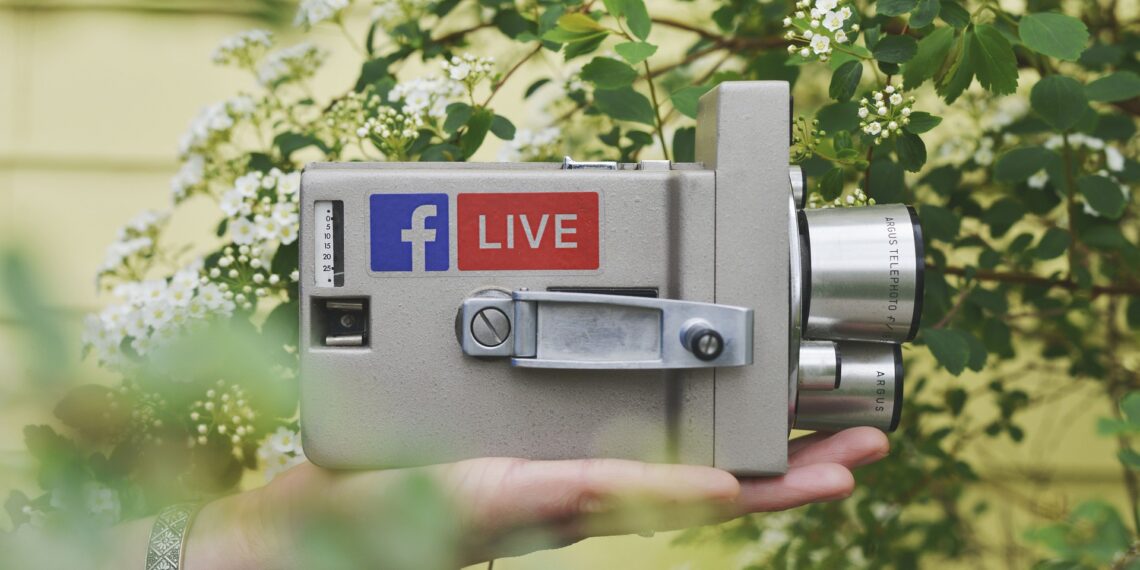Facebook recently introduced a new set of eligibility criteria for users who wish to broadcast live on the platform.
These updates are designed to improve the quality and security of live broadcasts, ensuring a better experience for both content creators and viewers.
To go live on the platform, users’ accounts must be at least 60 days old. This measure is intended to prevent misuse of the live feature by newly created or potentially fraudulent accounts.
Any Page or professional profile must have a minimum of 100 followers before being able to broadcast live, ensuring the live streaming feature is used by individuals or entities with an established audience.
Again, users need to have the necessary Facebook access or task access to create content. This requirement aims to enhance security and accountability, ensuring that only authorized individuals can initiate live broadcasts from a Page.
On Facebook Live, which gives users various methods to broadcast live video, users can go live from anywhere using the Facebook app for Android and iOS devices, providing flexibility for on-the-go streaming.
Alternatively, users can access additional settings on a computer with a built-in camera and microphone, allowing for more controlled and high-quality broadcasts.
For those seeking even higher quality, live streaming can be done using streaming software and a stream key, offering advanced broadcasting.
Users can go live from their personal profiles or Pages, inviting friends and followers to join the live session. These live videos can be shared in groups or live events created by the user, broadening the potential audience and engagement.
Facebook has updated its policies for live broadcasts to align with industry standards and maintain the platform’s integrity. To use Facebook Live, all content must adhere to Facebook’s Community Standards and Terms of Service.
Hosts, guests, and viewers have the ability to report broadcasts that they believe violate these policies. If a broadcast is reported, it will be reviewed, and if found in violation, the recording will be deleted.
Added to this, users are prohibited from broadcasting looping videos, static images, or poll-only videos. They must not mislead viewers by presenting pre-recorded footage as live or by suggesting that footage is happening in a particular location when it is not. Pre-recorded content included in live broadcasts must be clearly marked as such.
For broadcasts involving music, Facebook Live has additional guidelines. Users should minimize the number of distinct music pieces and full-length recorded tracks, keeping the overall music duration to a minimum.
The broadcast must have a visual component, as recorded audio should not be the primary focus. Also, users need to have approval from the rights holders to use their music on Facebook Live.
Live performances, such as singing or playing musical instruments, are generally permitted, provided they do not contain pre-recorded backing materials matching protected content.
Content presented in certain formats, such as static videos or content with minimal motion, cannot be monetized. Similarly, content posted solely to increase engagement by asking people to react to questions is not eligible for monetization.
Depending on the available features, other Facebook terms and policies, including Meta Advertising Standards and Branded Content Policies, may also apply to live broadcasts.







Comments 1